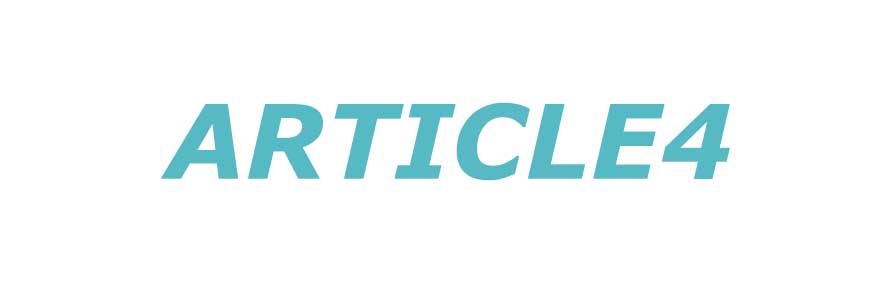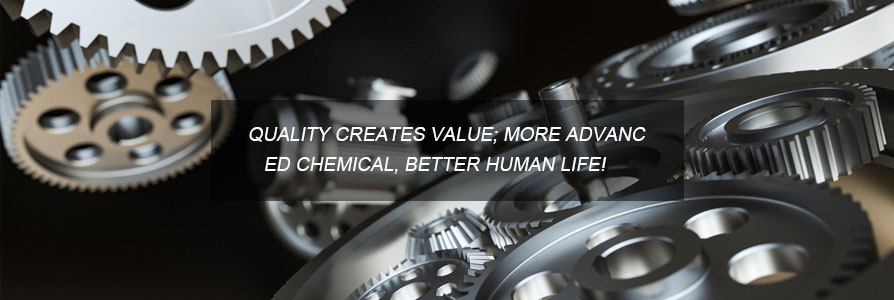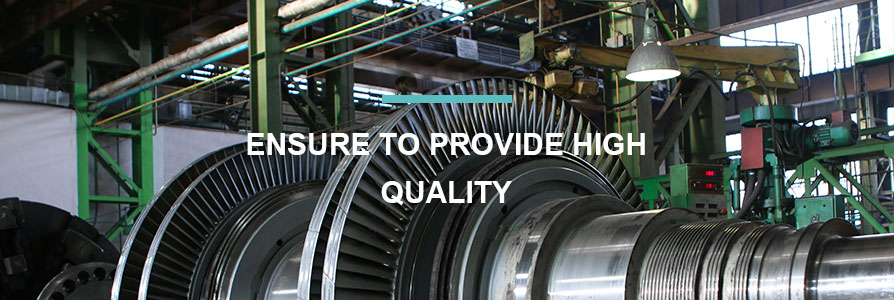What is the difference between a clear twinwall polycarbonate ...
Dec. 30, 2024
What is the difference between a clear twinwall polycarbonate ...
Comparison of clear panel options for non-insulated Ekodomes
Twinwall polycarbonate and solid polycarbonate are two different types of polycarbonate sheets that are widely used in various industries, including construction, glazing, and other applications.
Choosing between twinwall and solid polycarbonate depends on the specific requirements of your project. Consider factors such as insulation needs, light diffusion requirements, weight considerations, and the intended applications.
Understanding the distinct characteristics of each type of polycarbonate will enable you to make an informed decision that best suits your project's needs.
Structure:
- Twinwall Polycarbonate: As the name suggests, twinwall polycarbonate consists of two layers or walls that are connected by vertical ribs or channels. This unique design creates a series of air pockets within the sheet, which not only enhances its insulation properties but also improves its overall strength while keeping it lightweight. The presence of these air pockets allows for better thermal insulation, making twinwall polycarbonate an ideal choice for applications where insulation is crucial, such as in greenhouse panels and roofing.
- Solid Polycarbonate: On the other hand, solid polycarbonate is a single-layer sheet without any hollow channels or air pockets. It is solid throughout its thickness, which gives it more weight and rigidity compared to twinwall polycarbonate. Solid polycarbonate is often preferred in applications that prioritize durability and impact resistance, such as safety glazing, machine guards, and architectural projects.
Insulation:
- Twinwall Polycarbonate: The air pockets in twinwall polycarbonate sheets act as natural insulators, providing better thermal insulation compared to solid polycarbonate. This means that twinwall polycarbonate can effectively regulate temperature and reduce heat transfer, making it an excellent option for structures where insulation is essential, such as greenhouses and roofing.
- Solid Polycarbonate: While solid polycarbonate also offers some degree of insulation, it is generally less effective in this regard compared to twinwall polycarbonate. However, solid polycarbonate still provides some insulation benefits and can be suitable for applications that require moderate thermal insulation.
Light Transmission:
For more information, please visit Songmei.
- Twinwall Polycarbonate: The twinwall design of polycarbonate sheets allows for effective light diffusion. This means that the light passing through the sheets is scattered and distributed more evenly, reducing glare and creating a softer, diffused light. Twinwall polycarbonate is commonly used in applications where sunlight needs to be dispersed, such as in greenhouse roofing, where plants require even exposure to sunlight.
- Solid Polycarbonate: In contrast, solid polycarbonate allows light to pass through without as much diffusion as twinwall polycarbonate. This makes it suitable for applications where clear visibility and direct sunlight are desired, such as in windows, skylights, and transparent barriers.
Weight and thickness:
- Twinwall Polycarbonate: Due to its hollow structure, twinwall polycarbonate is generally lighter in weight compared to solid polycarbonate. This lightweight nature makes it easier to handle and install, reducing the overall workload and potential for accidents during the installation process. Twinwall polycarbonate is available in various thicknesses to cater to different project requirements.
- Solid Polycarbonate: Solid polycarbonate, being a single-layer sheet, is heavier and more rigid, especially in thicker sheets. The weight of solid polycarbonate can make it more challenging to handle and install, requiring proper support and planning. The available thickness options for solid polycarbonate may also vary depending on the manufacturer and specific project needs.
Applications:
- Twinwall Polycarbonate: Twinwall polycarbonate is commonly used in applications where insulation and light diffusion are important. Its excellent insulation properties, combined with effective light diffusion, make it an ideal choice for greenhouse panels, skylights, and roofing. Additionally, twinwall polycarbonate can be used in partitions, sound barriers, and signage where lightweight materials with insulation benefits are required.
- Solid Polycarbonate: Solid polycarbonate is suitable for applications that demand a high level of transparency, durability, and impact resistance. It is often used in safety glazing, where the material needs to withstand potential impacts without shattering. Solid polycarbonate is also commonly used in machine guards, architectural applications, and windows, where clarity and structural strength are essential.
Hollow Polycarbonate VS Solid polycarbonate - Knowledge
What is the difference between the hollow polycarbonate and solid polycarbonate?
Both hollow polycarbonate panels and solid polycarbonate panels belong to the PC series of panels. For customers who have never used them or know little about them, they will feel that these two panels are similar, but in terms of practical applications, the two are relatively large different, so it is important to understand their differences in application selection. UNQ polycarbonate sheeting manufacturer will take you to understand their distinctions and choices.
In short, PC solid board is single-layer solid; but the price is higher,twinwall and multiwall polycarbonate is also called hollow board, as the literal meaning is that the middle is hollow, it has single-layer, double-layer or even multi-layer and It is hollow; its sound insulation and heat insulation performance is much better than that of solid ones, and it is not easy to cause cracks due to thermal expansion and contraction, but the pressure bearing is not as good as that of solid boards. It is usually better for canopies, carports and greenhouses A kind of material is affordable for generalization. It can be distinguished from the weight. Because the solar panel is hollow, the material used is relatively small, and the solid board with the same thickness and area is much heavier than the solar panel.
Hollow polycarbonate panels: The main use is for lighting sheds. Its sound insulation and heat insulation effects are much better than those of solid ones, and it is not easy to cause cracks due to thermal expansion and contraction. But the pressure bearing is not as good as that of the solid plate. The pressure bearing of the solid plate is very good, and the hammer will not rot. Of course, the sun shed does not bear much pressure, and once it is installed, there is no pressure on it.
Solid solid board: The main purpose is advertising light boxes. Advertising light boxes are rarely used for more than ten years. Therefore, solid boards generally add less UV layer, which leads to poor sunlight resistance and easy aging. Adding UV layer under the sun is more resistant to sunlight than compression. It is more critical, the solid board that is not fast and hard will also age quickly. Solid slabs are more prone to cracking than hollow slabs, especially at drilled locations.
If you want to learn more, please visit our website Polycarbonate Solid Sheet Suppliers.
49
0
0
All Comments (0)
Previous: Top Benefits of Triple Wall Polycarbonate Sheet China in 2025
Next: Why Choose a Trusted Polycarbonate Solid Sheet Exporter?
If you are interested in sending in a Guest Blogger Submission,welcome to write for us!




Comments